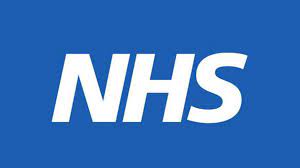Early menopause
- 08 Dec 2023
- 1 Minute to read
- Print
- PDF
Early menopause
- Updated on 08 Dec 2023
- 1 Minute to read
- Print
- PDF
Article summary
Did you find this summary helpful?
Thank you for your feedback
- An early menopause is defined by loss of ovarian activity in younger women.
- NICE refers to this age category being between 40–44 years.
- The BMS refers to this age category being between 40-45 years (upper age is slightly higher than NICE definition).
- It is characterised by menstrual disturbance (amenorrhea or oligomenorrhea) with raised FSH levels and or menopausal symptoms.
- It can happen naturally or as a side effect of medication, treatments or surgery.
- It affects 3-8% of women.
- NICE says to a certain extent, the role of HRT for people with early menopause mirrors the role of HRT for people with premature ovarian insufficiency (POI).
- NICE states that for people with early menopause, the benefits and risks of either taking or not taking HRT lie somewhere between those for people with POI and those for people aged 45 or over.
Note:
For information on the assessment and investigation of bleeding in the menopause transition see assessment section.
References and Further Information
- Menopause Practice Standards produced by the British Menopause Society (BMS), Royal College of Obstetricans and Gynaecologists (RCOG), Society for Endocrinology (SfE), Faculty of Sexual and Reproductive Health (FSRH), Faculty of Pharmaceutical Medicine (FPM) and Royal Pharmaceutical Society (RPS) 2022.
- National Institute for Health and Clinical Excellence Guideline. Menopause update. Draft for Consultation. November 2023. Page 75.
Was this article helpful?

